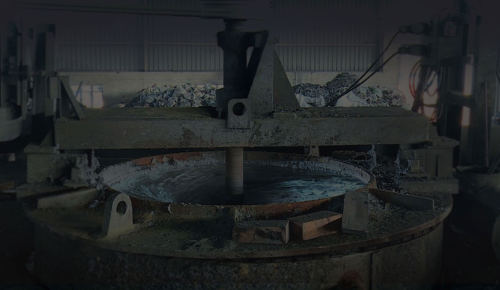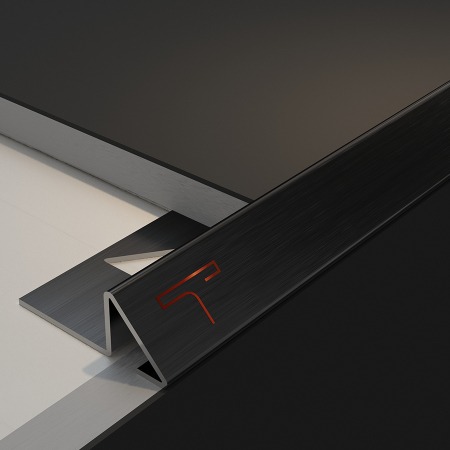The recycling process of metal is a fascinating journey that not only contributes to environmental sustainability but also drives economic efficiency.
In 2023, the recycled metal market in India generated a revenue of USD 28.9 million and is projected to reach USD 38.0 million by 2030, growing at a CAGR of 4% from 2024 to 2030. This growth underscores the rising importance of recycling in meeting industrial demands while promoting environmental conservation.
From discarded scraps to polished, usable materials, the transformation highlights the importance of innovation, technology, and sustainable practices in today’s industrial landscape.
Step 1: Collection and Sorting
The recycling process begins with the collection of scrap metal from various sources, such as construction sites, old vehicles, appliances, and industrial waste. Once collected, the metal is sorted into categories based on type, such as ferrous metals (steel and iron) and non-ferrous metals (aluminium, copper, brass, etc.). Sorting is crucial, as different metals require distinct processing methods to maximize their reuse potential.
Step 2: Processing and Shredding
After sorting, the metal is processed to prepare it for melting. This often involves shredding the metal into smaller pieces, which increases the surface area and ensures more efficient melting. For instance, steel might be shredded into thin strips, while aluminium could be crushed into compact bales.
Step 3: Melting and Purification
The shredded metal is then transported to a furnace designed for the specific type of metal. Here, it is melted down at high temperatures. The process is energy-intensive but significantly more efficient than extracting and processing raw ore.
To ensure the highest quality of the final product, the molten metal undergoes purification to remove impurities. Techniques such as electrolysis, chemical treatment, or advanced filtering systems are used to achieve the desired level of purity.
Step 4: Solidifying and Casting
Once purified, the molten metal is poured into molds or cast into shapes, such as bars, sheets, or rods, depending on its intended use. After cooling and solidifying, the metal is further treated to enhance its properties, such as strength, malleability, or resistance to corrosion.
Step 5: Manufacturing and Redistribution
The final step in the recycling process is transforming the solidified metal into finished products. These materials are sent to manufacturers, where they are used to create items ranging from construction materials and automotive parts to household appliances and packaging.
Why Recycling Metal Matters
Recycling scrap metal is not just a process; it’s a commitment to sustainability. It significantly reduces the demand for virgin raw materials, conserves natural resources, and minimizes the carbon footprint of metal production. Additionally, it fosters economic growth by creating jobs and reducing production costs.
Companies like Jain Metal Group are committed to sustainable recycling through advanced facilities that process thousands of tons of scrap metal annually. By integrating innovative techniques, JMG ensures efficient recycling while contributing to the global push for greener industries.
As industries evolve, so does the technology driving metal recycling. Future advancements promise even greater efficiencies and innovations, paving the way for a circular economy where resources are reused endlessly.
The journey of scrap to finished metal is a testament to the power of recycling in shaping a sustainable future.




